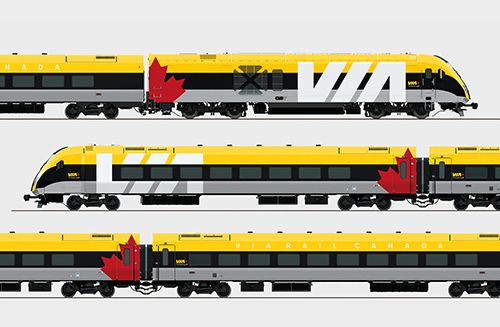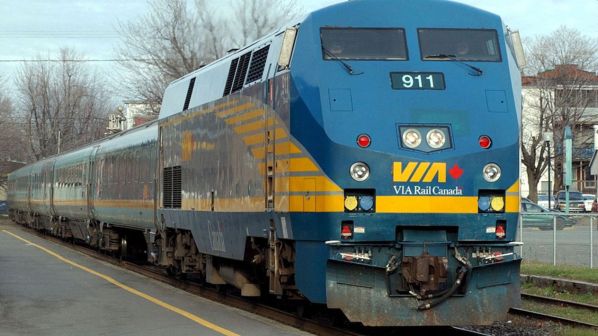CANADA’s national passenger operator Via Rail recorded a 77% drop in ridership, an 80% fall in passenger revenue, and a 32.5% increase in its operating loss due to the coronavirus pandemic and blockade-related service disruptions.
Ridership fell from more than 5 million trips in 2019 to just 1.15 million journeys in 2020. As a result, passenger revenues dropped from $C 388m in ($US 322.2m) in 2019 to $C 76m last year, while total revenues were down 77% from $C 411.1m in 2019 to $C 92m in 2020. However, operating expenses fell by 21.2% from $C 633.4m in 2019 to $C 482m last year.
Via Rail had to suspend most of its operations in February due to blockades of Canadian National (CN) tracks by people protesting the construction of the 670km Coastal GasLink pipeline in British Columbia, and then continuously adjust its services according to the evolution of the pandemic while striving to provide an essential service.
“As a result of the pandemic, Via Rail was forced to suspend some routes and is aware that transport options have become more limited in certain areas of the country,” Via Rail says. “The Corporation will continue to adapt its operations according to the evolution of the health crisis and is committed to resuming full service across Canada as soon as the situation allows it.”
Montreal - Halifax and Toronto - Niagara Falls services are still suspended, and a reduced service is being provided on all routes except Winnipeg - Churchill which has a full service.
In addition to the service reductions, 1000 employees were laid off during the summer, and Via Rail reduced working hours and introduced pay cuts for some employees. “Most employees have or will eventually return to duty,” Via Rail says. “Additionally, certain employees were retained at a reduced salary, allowing Via Rail flexibility to bring staff back as we gradually return to full service.”
“Last year, Via Rail faced more challenges than it ever had in its 43-year history,” says Ms Françoise Bertrand, chairperson of Via Rail’s board of directors. “As we adapted our operations, procedures and processes in order to manage the impact of the consecutive crises, we remained focused on serving Canadians by maintaining essential services and operating our national passenger rail service. We would like to thank the government of Canada for its support.”
Federal government operating support increased from $C 280.7m in 2019 to $C 415.8m in 2020, while total government funding including for capital expenditure rose from $C 548.4m to $C 668.7m over the same period.

Via continued preparation for the introduction next year of a fleet of 32 inter-city trains on the Québec City - Montreal - Toronto - Windsor corridor being supplied under a $C 989m contract awarded to Siemens in 2018. “In 2020, the final rolling stock design review was completed; production began on the first two trainsets; an onboard Wi-Fi provider was selected; and progress was made on the implementation of a computerised maintenance management information system,” Via Rail says.
Via Rail completed the overhaul of the first 12 of 72 coaches from its heritage fleet and partial overhauls of 14 of its 15 P42 locomotives. “Through the renovation of an ageing fleet, the arrival of state-of-the-art trains in the corridor starting in 2022, and our High Frequency Rail (HFR) project, we will convince more and more Canadians that Via Rail is the smarter way to travel,” Garneau says. She adds that she is “confident that we are on the precipice of positive news” for the HFR project, which involves building dedicated passenger rail tracks along the Québec City - Toronto portion of the corridor.

